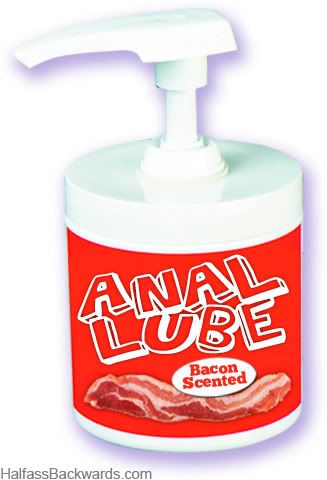
If you're having explosions, you need to either stop pouring stuff on the floor of the box instead of in glassware, use coolant with your condenser and receiver when distilling ether or acetaldehyde, or get a bigger fan.


Quote: Originally posted by S.C. Wack  |
Quote: Originally posted by entropy51  |
Quote: Originally posted by bob800  |
Quote: Originally posted by bob800  |
Quote: Originally posted by thorazine  |
Quote: Originally posted by bob800  |
Quote: Originally posted by bob800  |
Quote: Originally posted by peach  |
| Code: |
Quote: Originally posted by bob800  |
Quote: Originally posted by bob800  |
 That's way too much... Could I adapt the pipe to say 8" and read the chart from there? Or would the adapter
still add a lot of friction? Or is the motor wheel just not physically big enough?
That's way too much... Could I adapt the pipe to say 8" and read the chart from there? Or would the adapter
still add a lot of friction? Or is the motor wheel just not physically big enough?

Quote: Originally posted by entropy51  |

Quote: Originally posted by bob800  |
Quote: Originally posted by entropy51  |
Quote: Originally posted by watson.fawkes  |
Quote: Originally posted by bob800  |
Quote: Originally posted by peach  |
Quote: Originally posted by bob800  |
Quote: Originally posted by watson.fawkes  |
Quote: Originally posted by entropy51  |

 Hoffman also commented that he was using flame aspirated hoods in his lab when he produced LSD, when discussing how
basic their equipment was back then despite dealing with something so powerful. For biologists in particular, the flame has the additional benefit of
killing anything organic trying to escape. State of the art aerospace design also makes use of vortex properties. Those little fins you see sticking
vertically out of the wings on an airliner are vortex catchers. By stabilizing the vortex under the wing, it creates high lift efficiency. If they're
allowed to burst under the wing, the pressure difference drops. And the randomized popping creates turbulence. The same effect is now being proposed
for wind turbines, to increase their efficiency. And, yet again, it's also seen in nature. The bumps on the fins of big whales have evolved to be
there as they allow the fin to cut through the water better by controlling the vortexes flowing over it, and so, the turbulence.
Hoffman also commented that he was using flame aspirated hoods in his lab when he produced LSD, when discussing how
basic their equipment was back then despite dealing with something so powerful. For biologists in particular, the flame has the additional benefit of
killing anything organic trying to escape. State of the art aerospace design also makes use of vortex properties. Those little fins you see sticking
vertically out of the wings on an airliner are vortex catchers. By stabilizing the vortex under the wing, it creates high lift efficiency. If they're
allowed to burst under the wing, the pressure difference drops. And the randomized popping creates turbulence. The same effect is now being proposed
for wind turbines, to increase their efficiency. And, yet again, it's also seen in nature. The bumps on the fins of big whales have evolved to be
there as they allow the fin to cut through the water better by controlling the vortexes flowing over it, and so, the turbulence. This is called the 'death corner' of a planes aerodynamic performance. Airliners
suffer a similar problem, but not as severely. Providing another example where an electronically controlled fan speed will probably be a safer bet
than doing it mechanically, as the stalling won't occur when you turn the drive down. Probably why a number of modern flow hoods and benches use
electronic methods over mechanical baffling, despite it being more time consuming and costly to design, pass through CE testing, produce and fit than
a sliding bit of metal.
This is called the 'death corner' of a planes aerodynamic performance. Airliners
suffer a similar problem, but not as severely. Providing another example where an electronically controlled fan speed will probably be a safer bet
than doing it mechanically, as the stalling won't occur when you turn the drive down. Probably why a number of modern flow hoods and benches use
electronic methods over mechanical baffling, despite it being more time consuming and costly to design, pass through CE testing, produce and fit than
a sliding bit of metal.




Quote: Originally posted by peach  |


Quote: Originally posted by bob800  |
 .
.

Quote: Originally posted by anotheronebitesthedust  |


 (jk), most of the corrosives / solvents should be massively diluted down before
they get to the blades.
(jk), most of the corrosives / solvents should be massively diluted down before
they get to the blades. . I guess it makes up for your MS paint
insult!
. I guess it makes up for your MS paint
insult!


Quote: Originally posted by peach  |

Quote: Originally posted by albqbrian  |